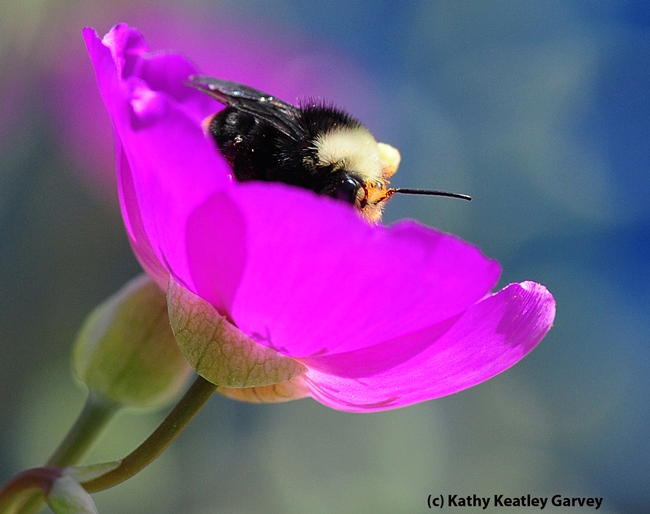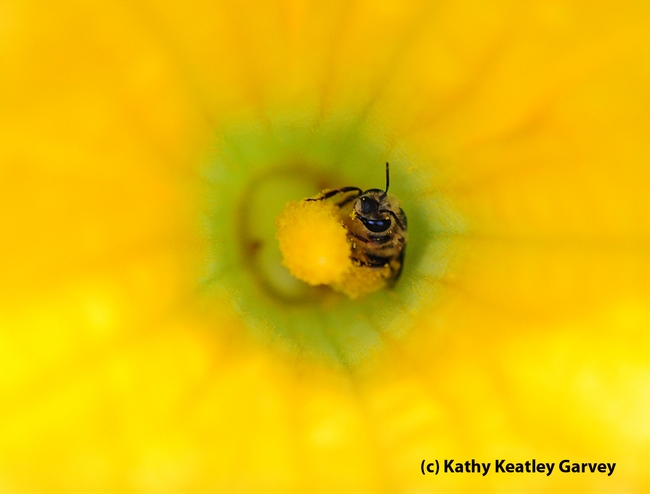Let's have a pause--and applause--for the pollinators.
Next week, June 18-24, is National Pollinator Week, as designated by the U.S. Department of Agriculture (USDA).
That means, says Pollinator Partnership, that it's time to celebrate all our pollinators--the bees, the birds, the butterflies, the bats and the beetles. Those are just the B's. Don't forget the flies, particularly the syrphid or flower flies. And all the others, including ants, hawk moths, wasps, midges, thrips, carrion flies and fruit flies.
Pollinator Partnership officials remind us that pollinators "are responsible for pollinating nearly one-third of every bite of food we eat." And, "the global value of crops pollinated by bees is estimated to be nearly $217 billion."
What they want you to do is S.H.A.R.E., which stands for Every landscape can Simply Have Areas Reserved for the Environment. The idea is that when you plant for pollinators, everyone benefits: plants, pollinators, and people.
Take a look in your garden or a nearby garden. What's pollinating your ornamentals, vegetables and fruits?
We took a look in our garden and spotted:
--a yellow-faced bumble bee pollinating an ornamental plant, a rock purslane
--a squash bee nestled in a squash blossom, and
--two honey bees battling it out for first rights to a pomegranate blossom.
Life is good.
Attached Images:


